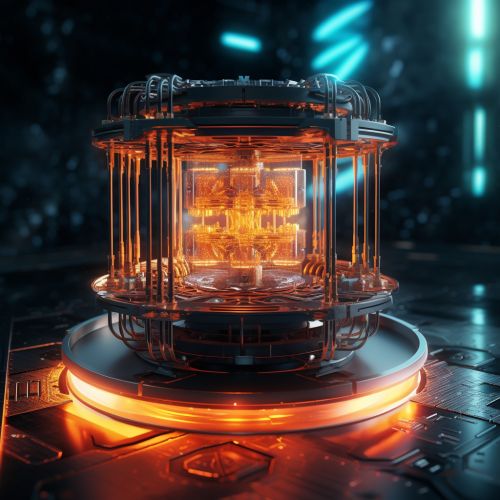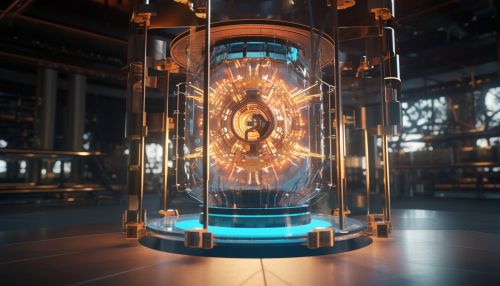The Physics of Quantum Computing Hardware
Introduction
Quantum computing is a rapidly evolving field of study that leverages the principles of quantum mechanics to process information. This new paradigm of computing has the potential to revolutionize various sectors, from cryptography to drug discovery, by solving problems that are currently beyond the reach of classical computers. The hardware that underpins quantum computing is a complex and fascinating subject, involving a delicate interplay between physics, engineering, and computer science.
Quantum Bits (Qubits)
At the heart of quantum computing hardware are quantum bits, or qubits, which are the quantum analog of classical bits. Unlike classical bits that can be either 0 or 1, qubits can exist in a superposition of states, meaning they can be both 0 and 1 simultaneously. This property, along with the ability to entangle qubits, allows quantum computers to perform complex calculations at a speed that is exponentially faster than classical computers.
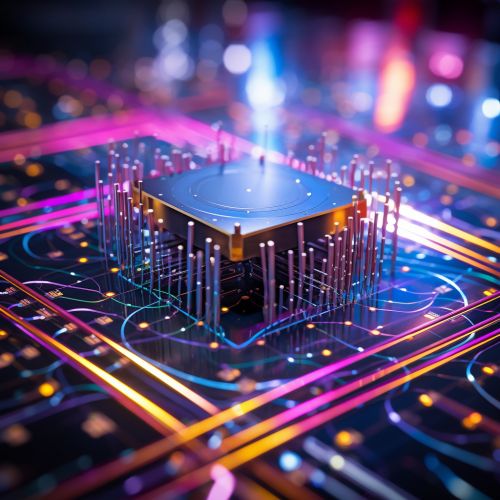
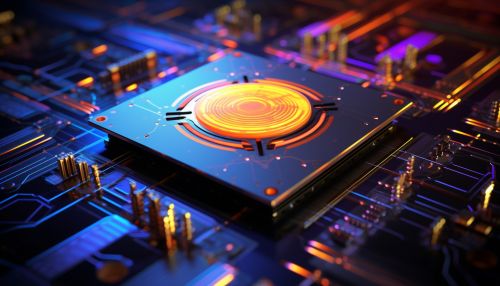
Physical Implementation of Qubits
There are several ways to physically implement qubits, each with its own set of advantages and challenges. Some of the most prominent methods include:
Superconducting Qubits
Superconducting qubits are tiny circuits made out of superconducting materials that can carry an electric current without resistance. These circuits can exist in two states (0 and 1) at the same time due to the quantum mechanical property of superposition.
Trapped Ion Qubits
In trapped ion qubits, individual ions are trapped using electromagnetic fields and manipulated with lasers to perform quantum computations. This method is known for its high fidelity and long coherence times, but scaling up the system presents significant challenges.
Topological Qubits
Topological qubits are based on anyons, particles that exist only in two dimensions. These qubits are more robust against errors, but the technology to realize them is still in its infancy.
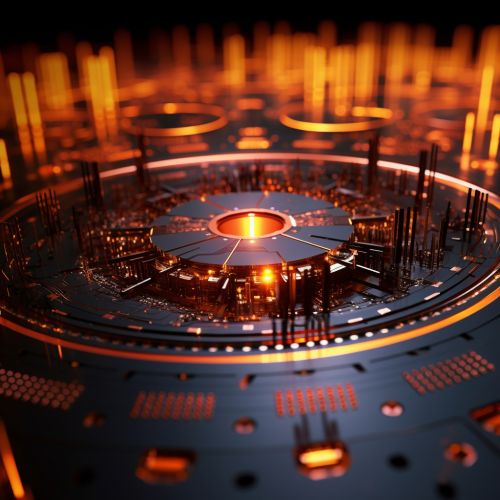

Quantum Gates and Circuits
Quantum gates are the basic building blocks of quantum circuits. They operate on qubits, changing their state in various ways. Unlike classical gates, quantum gates are reversible and can be represented by unitary matrices. Some common quantum gates include the Pauli-X, Y, and Z gates, the Hadamard gate, the CNOT gate, and the Toffoli gate.
Quantum circuits are sequences of quantum gates that perform a specific computation. Designing efficient quantum circuits is a complex task due to the constraints imposed by quantum mechanics, such as the no-cloning theorem and the difficulty of measuring quantum states without disturbing them.


Quantum Error Correction
One of the major challenges in quantum computing is dealing with errors. Due to the delicate nature of quantum states, qubits are susceptible to errors caused by environmental noise, imperfect operations, and other factors. Quantum error correction is a set of techniques used to protect quantum information from errors without disturbing the quantum state. This is achieved by encoding the quantum information in a larger system of qubits and performing error detection and correction operations.
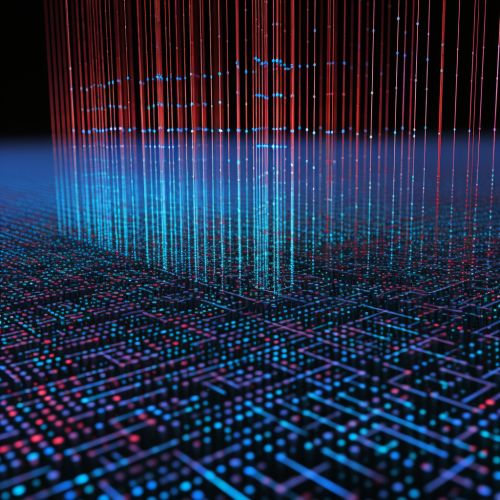
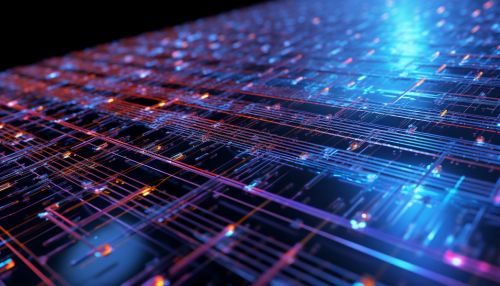
Quantum Computer Architecture
The architecture of a quantum computer involves the arrangement and interconnection of its components, including qubits, quantum gates, and classical control systems. The architecture also determines how quantum error correction is implemented and how the system is scaled up. There are several proposed architectures for quantum computers, such as the surface code architecture and the topological architecture, each with its own advantages and trade-offs.


Future of Quantum Computing Hardware
The field of quantum computing hardware is still in its early stages, and there is much work to be done in terms of scalability, error correction, and the development of practical quantum algorithms. However, the potential of quantum computing is enormous, and the progress made so far is promising. As our understanding of quantum mechanics deepens and technology advances, we can expect to see significant breakthroughs in quantum computing hardware in the coming years.
